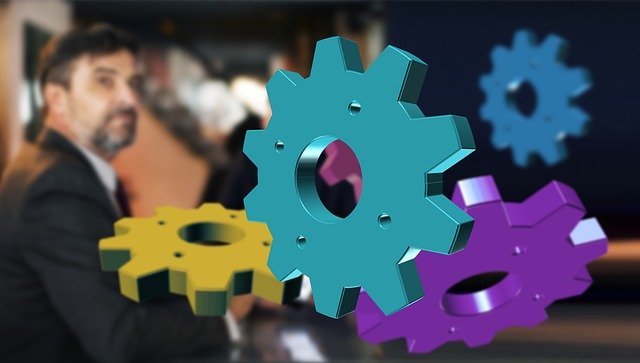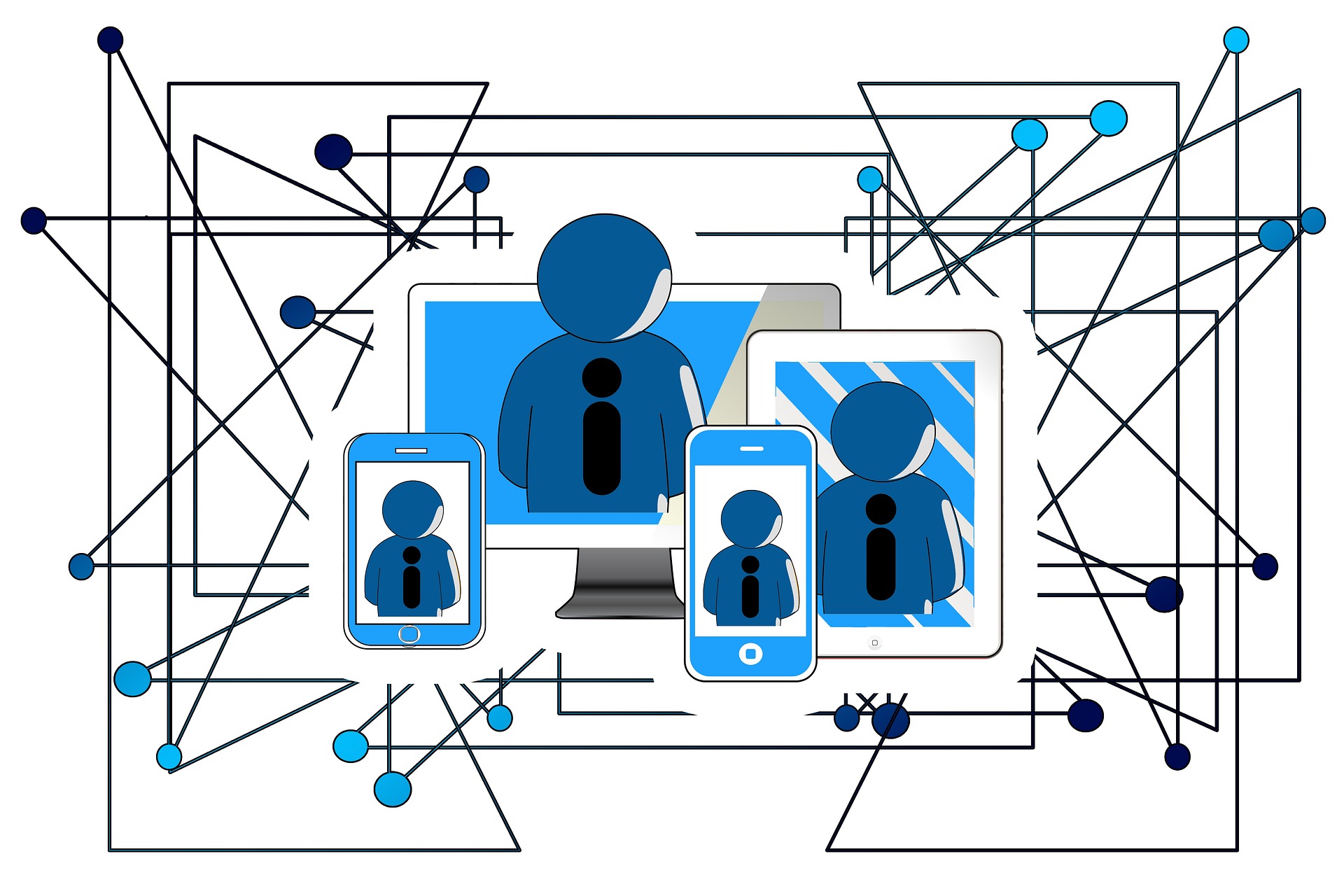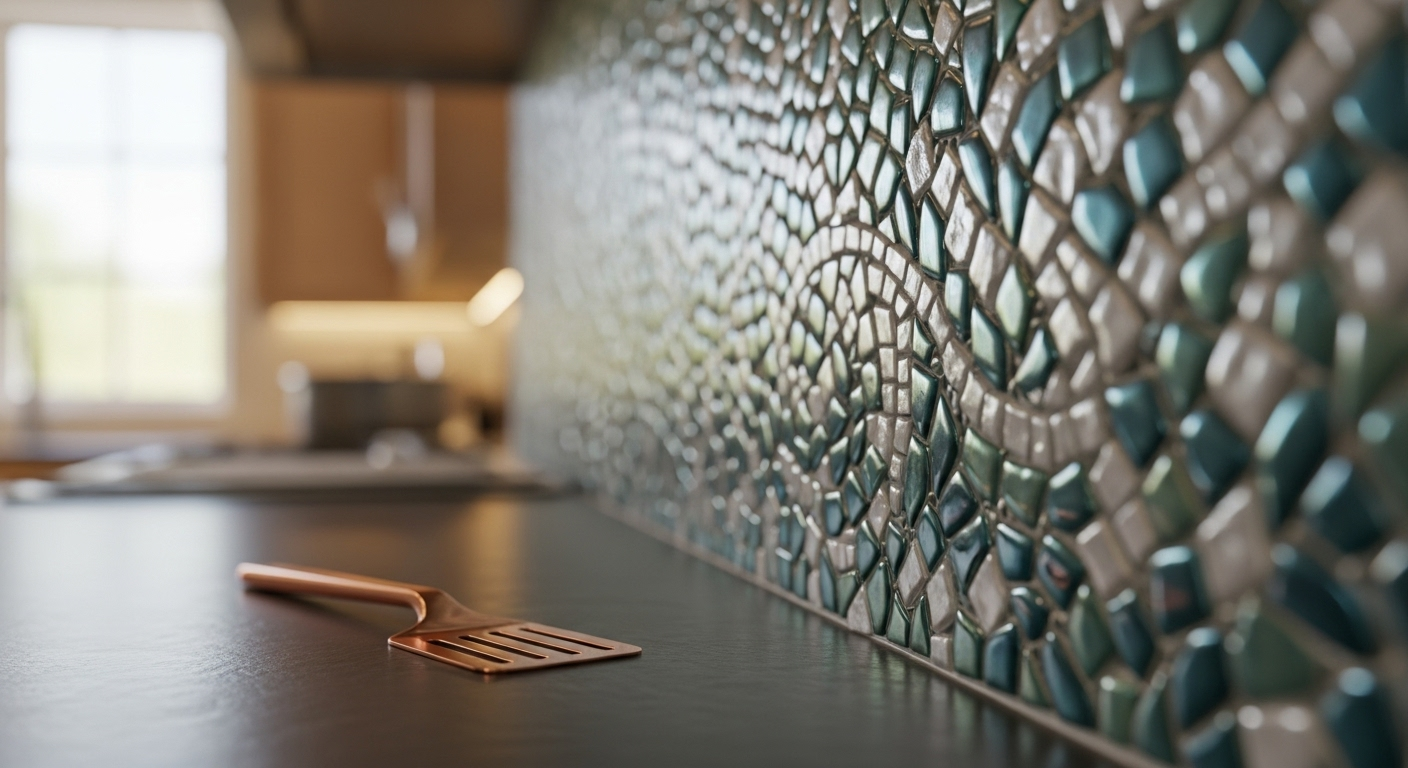Shaping the Future: The Role of Industrial Design Thinking in Business
The world of business and industry is constantly evolving, with new trends and strategies emerging regularly. One such trend that has been gaining traction in recent years is the concept of industrial design thinking. This approach, which combines elements of design, engineering, and business strategy, has the potential to revolutionize the way companies operate and compete.

Introduction
In the ever-changing landscape of business and industry, staying ahead of the curve is crucial. One way companies are doing this is by embracing industrial design thinking—a holistic approach that marries creativity with practicality to drive innovation and growth.
The Genesis of Industrial Design Thinking
Industrial design thinking has its roots in the mid-20th century, when designers began to play a more prominent role in the production process. This shift was driven by the realization that good design could not only make products more attractive but also more functional and user-friendly. Over time, this design-centric approach has evolved and expanded, moving beyond product development to encompass broader business and operational strategies.
Industrial Design Thinking in Today’s Business Landscape
In today’s competitive business environment, industrial design thinking is more relevant than ever. It encourages companies to think outside the box, challenging traditional business models and strategies. By focusing on the end-user and prioritizing functionality and aesthetics, companies can create products and services that truly resonate with their target audience.
The Impact of Industrial Design Thinking
The impact of industrial design thinking can be seen across various industries. For instance, Apple, a company known for its design-centric approach, has consistently outperformed its competitors, thanks to its innovative products that combine functionality with aesthetics. Similarly, Tesla has revolutionized the automotive industry with its sleek, high-performance electric cars.
The Challenges and Benefits of Industrial Design Thinking
While industrial design thinking offers numerous benefits, it also presents certain challenges. For one, it requires a significant shift in mindset, as well as a willingness to take risks and embrace uncertainty. However, the potential rewards are substantial. Companies that successfully implement industrial design thinking can expect to see improved customer satisfaction, increased market share, and enhanced profitability.
Practical Insights: Implementing Industrial Design Thinking
-
Start with the end-user: Understand their needs, preferences, and pain points.
-
Encourage creativity: Foster an environment where innovative ideas are welcomed and valued.
-
Embrace failure: View it as a learning opportunity, not a setback.
-
Collaborate: Involve different departments and stakeholders in the design process.
-
Iterate: Continually refine and improve your products and services based on feedback.
In conclusion, industrial design thinking represents a significant shift in the way businesses operate. By focusing on the end-user and prioritizing design, companies can create products and services that truly resonate with their target audience. While this approach presents certain challenges, the potential rewards are substantial, making it a strategy worth considering for any forward-thinking business.





